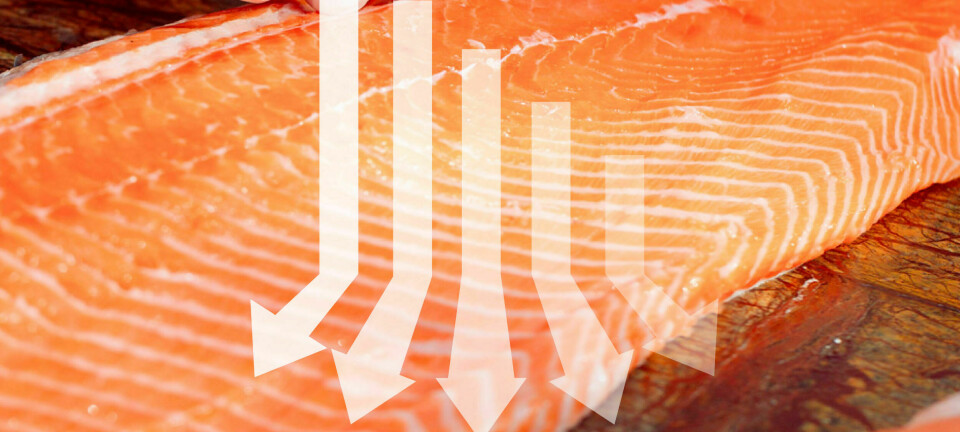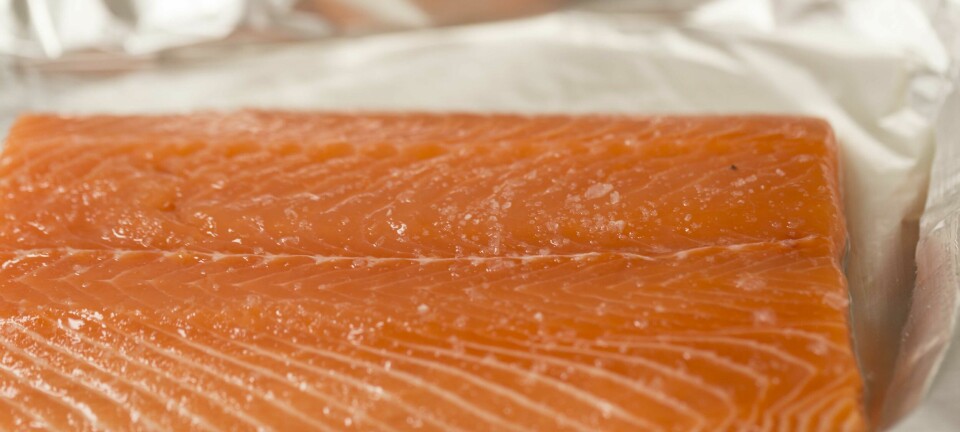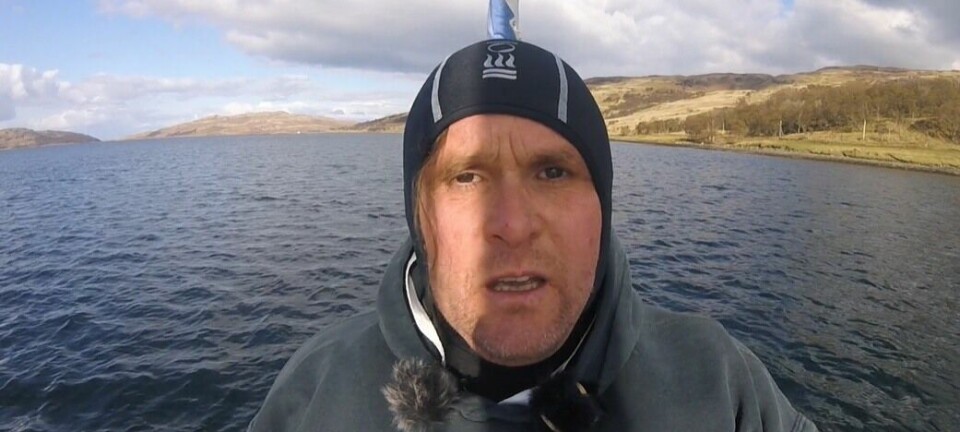
Sea lice in the news - again
It has happened before, where anti-salmon farming activists have predicted the death and destruction of certain salmon runs where juvenile wild salmon would be migrating out to sea and in the process, they would swim by one or more ocean-based salmon farms in B.C. where the fish would be infected with sea lice from the Atlantic salmon held in floating net pens.
But no such disaster has occurred yet- in fact some of the best wild salmon fishing seen in years has happened in recent times. In response to a letter posted last month with the headline “Sea lice limit young salmon’s ability to get food”, Senior Fish Pathologist for the BC Ministry of Agriculture Dr. Gary Marty wrote the following letter which was posted in the Vancouver Sun last week, suggesting that the study in question was inconclusive:
The statements in the headline for this article are not supported by the data in the featured scientific paper.
Diseases and parasites are natural and common in wild salmon, the same way all living organisms including plants, pets, and people can become sick or be stricken by disease for unknown reasons. External parasites commonly infest fish that are sick for other reasons; this is similar to a person whose immune system is weakened — they can be more susceptible to catching other illnesses. This study is incomplete because it did not test the fish for diseases known to affect B.C. sockeye salmon.
Imagine a human hospital study that compares daily food consumption of people wearing hospital gowns with people wearing stethoscopes (e.g., doctors). The study would consistently find less feeding in groups wearing the gowns (e.g., patients) than in doctors. However, it would be incorrect to conclude the gowns were the reason for the decreased food intake.
Likewise, it is also incorrect to conclude sea lice were the reason for the decreased feeding by the sockeye salmon. As in the hospital, the cause of decreased sockeye salmon feeding might be pre-existing disease.



















































